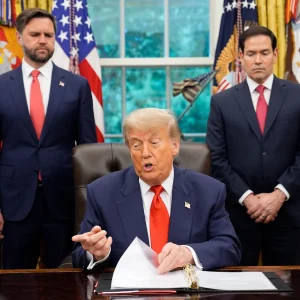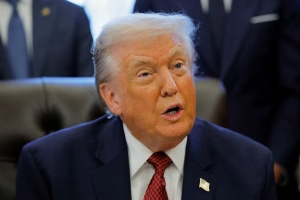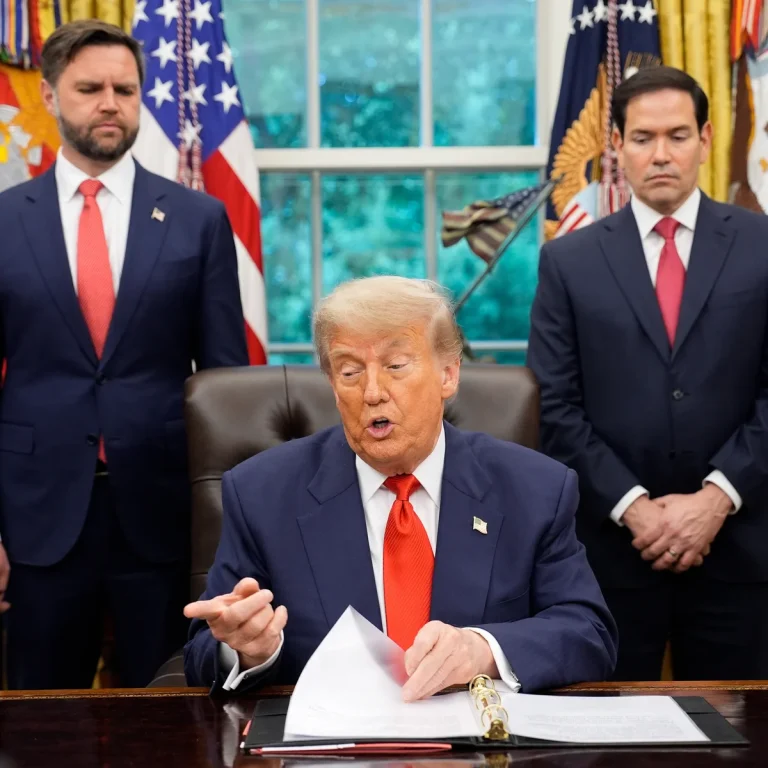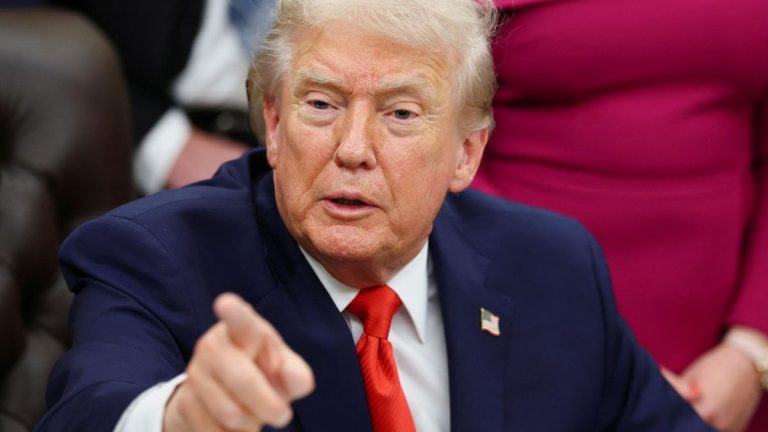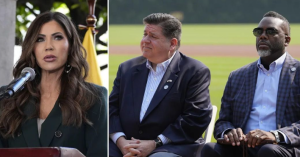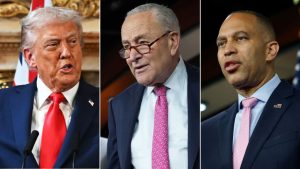In a media landscape where guest bookings often reinforce ideological enclaves, the upcoming appearance of a polarizing elected official on a daytime talk show marks a noteworthy exception. This week, the panel of a long-running program announced that they will host a sitting member of Congress on Tuesday, November 4, 2025 — Election Day — and the announcement has sent ripples both politically and within the media world.
What makes this booking remarkable is not simply the date, but also the identity of the guest, the context in which the decision was made, and the implications for political media engagement in the run-up to the election. The selection of a guest with a controversial public profile signals potential changes in how talk shows and politicians engage with audiences outside traditional partisan lines.
The Announcement and Context
During the broadcast preceding the announcement, one of the co-hosts surprised the studio audience by declaring that the show would be joined by a member of Congress the following Tuesday. “I’m happy to say that she’s gonna be here on Tuesday,” the host said, before adding: “I don’t know how many things we agree on, but I know the one thing she and I, and all of us at this table agree on, is this should not be affecting the American people.”
That shared point of agreement — that ordinary Americans should not suffer because of political stalemates — refers to the ongoing federal government shutdown, then entering its thirtieth day. The guest’s upcoming appearance, thus, is framed not primarily as an ideological debate, but as an intervention in a specific moment of political gridlock affecting national services and households.
The announcement and subsequent social media confirmations sparked immediate discussion. News outlets noted that this guest’s willingness to appear on a platform often associated with a different ideological leaning is an unusual development. For the show, the booking reflects both a desire to diversify viewpoints and to address urgent, nationally relevant issues in real time.
Who the Guest Is and Why It Matters
The invited guest is Representative Marjorie Taylor Greene, the Republican U.S. Congresswoman representing Georgia’s 14th Congressional District. Greene’s selection is significant for several reasons:
-
She is widely known for being a vocal and polarizing figure within her party and in public discourse.
-
Her decision to appear on the show represents a break from expectations — both for her party and for the program’s usual roster of guests.
-
The show itself has historically been aligned with a progressive-leaning guest list, so her presence signals a possible strategic shift.
-
Greene confirmed the appearance on her social media platform, emphasizing her independence in choosing where and when to speak.
In short, this is not a routine booking but one laden with symbolism: a conservative figure appearing on a liberal-oriented daytime program during a politically charged period, using the platform to discuss pressing constituent concerns.
Why the Timing and Platform Matter
Several dimensions make this appearance noteworthy:
1. Election Day Timing
By scheduling the appearance for November 4, the day of or immediately following elections in various regions, the show and guest tap into heightened political attention. The choice underscores that the conversation is not merely about entertainment or celebrity, but about broader political stakes.
2. Government Shutdown Framing
The guest’s appearance is explicitly linked in announcements to the ongoing government shutdown and its impact on American families. The emphasis on constituent harm, rather than partisan victories or ideological positioning, lends a sense of topical urgency to the segment.
3. Media Strategy & Cross-Aisle Engagement
For the program, hosting a high-profile conservative guest counters criticisms of ideological homogeneity, while signaling a commitment to diverse perspectives. For the guest, appearing on a platform outside her usual ideological echo chamber serves to broaden visibility, demonstrate independence, and potentially recalibrate public perception.
4. Symbolic Markers of Political Branding
The willingness of the guest to engage with hosts whose views may differ from her own suggests a strategic decision to focus on shared priorities — namely, mitigating the effects of the shutdown on ordinary Americans — rather than purely engaging in partisan debate.
Potential Risks and Opportunities
As with any high-visibility media moment, there are trade-offs:
Opportunities for the guest:
-
Access to a large daytime audience, many of whom may not normally follow her policy positions.
-
An opportunity to craft a message centered on constituent welfare, particularly in the context of the shutdown, which may resonate beyond her typical base.
-
A chance to temporarily reposition her public persona as pragmatic or bipartisan rather than solely ideological.
Risks for the guest:
-
Potential backlash from within her own party or among partisan supporters for appearing on a show often associated with liberal viewpoints.
-
Exposure to challenging questioning from hosts, who may interrogate past controversial statements or positions.
-
The appearance may be perceived as opportunistic if the messaging is not carefully framed.
Opportunities for the show:
-
Demonstrating a willingness to host diverse viewpoints may enhance credibility and viewership.
-
Engagement with timely, substantive topics — such as the government shutdown — may boost ratings and audience interest.
-
Hosting a high-profile guest can generate social media buzz and media coverage, increasing the program’s cultural relevance.
Risks for the show:
-
Alienating core viewers if the conversation is perceived as legitimizing controversial positions.
-
Risk of the guest dominating the narrative or introducing conflict that overshadows the program’s messaging.
-
Possible backlash if the segment is seen as tokenistic rather than substantive.
What to Watch During the Appearance
Several markers will determine the segment’s impact:
-
Tone of the Interaction: Will the host panel engage in adversarial questioning, or will the conversation remain cordial and substantive?
-
Topics Addressed: Will the discussion focus on the shutdown and constituent welfare, or pivot to broader ideological debates and controversies?
-
Messaging from the Guest: Will she emphasize pragmatism and bipartisanship, or reinforce polarizing rhetoric?
-
Reactions from Supporters and Critics: How will the guest’s party, political base, and independent observers respond?
-
Impact on Public Perception: Will the appearance shift how viewers and voters perceive her political persona, either positively or negatively?
-
Follow-Through: Will this appearance lead to further cross-ideological media engagements, or remain a one-off strategic move?
Broader Implications for Political Media Culture
This booking reflects evolving trends and tensions in both media and politics:
-
Fragmentation of Political Media Bubbles: Daytime talk shows, once primarily cultural in focus, are increasingly platforms for substantive political messaging, especially in high-stakes election years.
-
Politicians Seeking New Venues: With saturated or hostile traditional media environments, public figures are exploring alternative platforms to reach new audiences or reframe messaging.
-
Media Platforms Grappling with Ideological Fairness: Hosting a controversial guest can address criticisms of bias while testing the show’s ability to engage substantively with differing viewpoints.
-
Constituent-First Framing: Emphasizing the tangible effects of political gridlock on ordinary people reflects a growing trend toward personalization and issue-based engagement in political discourse.
-
Election-Day Media Strategy: The timing demonstrates that daytime talk shows are increasingly becoming part of the political conversation, rather than merely reflecting it.
Closing Thoughts
The upcoming appearance of Representative Marjorie Taylor Greene on the daytime program is more than a media curiosity — it is a moment loaded with symbolism and potential consequences. It brings together election timing, media credibility, party dynamics, and constituent-centered messaging in a single, high-profile engagement.
Whether this appearance will have a lasting effect on her public perception, influence the show’s reputation, or alter the landscape of cross-ideological media interactions remains to be seen. What is clear is that moments like this underscore the blurring lines between entertainment and politics, and the increasing importance of media strategy in shaping public discourse in real time.
In a period where political polarization is high and media platforms are constantly negotiating their role in the national conversation, appearances like this are significant not just for ratings or headlines, but for how audiences understand and engage with the broader political landscape. For the guest, the program, and the viewing public, Tuesday promises a conversation that may echo well beyond the studio walls.

Emily Johnson is a critically acclaimed essayist and novelist known for her thought-provoking works centered on feminism, women’s rights, and modern relationships. Born and raised in Portland, Oregon, Emily grew up with a deep love of books, often spending her afternoons at her local library. She went on to study literature and gender studies at UCLA, where she became deeply involved in activism and began publishing essays in campus journals. Her debut essay collection, Voices Unbound, struck a chord with readers nationwide for its fearless exploration of gender dynamics, identity, and the challenges faced by women in contemporary society. Emily later transitioned into fiction, writing novels that balance compelling storytelling with social commentary. Her protagonists are often strong, multidimensional women navigating love, ambition, and the struggles of everyday life, making her a favorite among readers who crave authentic, relatable narratives. Critics praise her ability to merge personal intimacy with universal themes. Off the page, Emily is an advocate for women in publishing, leading workshops that encourage young female writers to embrace their voices. She lives in Seattle with her partner and two rescue cats, where she continues to write, teach, and inspire a new generation of storytellers.
